 Last night I did the first of a series of “Being Prepared” videos for Transpicuous News, focusing on First Aid Kits and knowledge, and some basic “Prepper” information- especially for families with children. We’ll be back for another episode of Being Prepared in a couple of weeks, as we only barely scratched the surface of this topic. In this article I’ve included a ton of links, my own first aid kit lists of “must haves”(along with pdf of more in depth lists and information on the topic of building a proper First Aid Kit)
Last night I did the first of a series of “Being Prepared” videos for Transpicuous News, focusing on First Aid Kits and knowledge, and some basic “Prepper” information- especially for families with children. We’ll be back for another episode of Being Prepared in a couple of weeks, as we only barely scratched the surface of this topic. In this article I’ve included a ton of links, my own first aid kit lists of “must haves”(along with pdf of more in depth lists and information on the topic of building a proper First Aid Kit)
INVENTORY TIME
List of tools you MUST have in a first aid kit:
*scissors– dedicated scissors that are ALWAYS in the kit- sharp, must be metal (preferably stainless steel) so that they can be boiled for sterilizing in an emergency (no plastic handles etc)- hair scissors are excellent, heavier fabric scissors, sharp cuticle/nail scissors are good for small work, and I recommend having bandage scissors- these are specially designed to cut bandages off, with a flat blunt nose bottom to protect the skin.(see image below)
*tweezers– all metal (preferably stainless steel) – flat nose and sharp pointy tweezers
*flashlight- a small torch/flashlight, that’s light weight, easy to hold (even with your teeth if your hands are busy), and of course spare batteries
*thermometer– digital is ok if you look after it and make sure you have spare batteries, old school mercury is one of the best if you can get it.(in a hard shell protective case, obviously)
*safety pins– seriously…. a hundred uses!
*eye wash cup– you might have it for years without using it, but when you need one, nothing works better!
*syringes– medicine (needless) syringes- at least 3 or 4 small 5-10ml size, and at least 1 large 100ml syringe
*Pot/bowls– for boiling water for sterilization and for holding tools etc to be cleaned
Below, I’ve included 2 links to excellent articles on Prepping First Aid Kits, so I’m not going to fully relist everything we discussed last night, but highly recommend you read and bookmark the two articles and use them as a reference. I’ve also downloaded both into pdf format and embedded them below.
In addition to the stuff mentioned in the First Aid Kit articles I’ve embedded below, I want to add my own additions- the natural health and healing ingredients you should absolutely have on hand at all times anyway, regardless of whether you’re “prepping” or not.
*Dry Clays– especially Kaolin/White clay (as I discussed in the video last night), but also Bentonite, Fullers Earth etc… all types of dry clay have a multitude of medical/health uses.
*The White Powders: Baking Soda/Bicarb, raw/unrefined Sea Salt, Borax (borax decahydrate), Epsom Salts- again, these all have a multitude of uses and you should always have them on hand.
*Charcoal– medical/food grade, in either lose or capsule form
*Raw/unrefined Bees Wax
*Raw Honey-…. as much of it as you can store- it never goes bad, and unrefined raw honey has tons of health benefits besides sweetening
*Disinfectant, Alcohol (the drinkable stuff and rubbing alcohol), witch hazel, peroxide,
*Oils- food grade oils like Coconut, Olive (although olive oil does not have a long shelf life), Hemp Seed, Black Seed Oil- any unrefined, unprocessed, nonGMO “base” oils that can be used for cooking/eating, but also to make salves, balms, serums etc….
*Essential Oils: you should have at least the basic essential oils: Lavender, Tea Tree, Eucalyptus, Peppermint, Clove. Remember that essential oils, with the exception of Lavender cannot be applied directly onto the skin and MUST be diluted with a base oil (see above)- no more than 5% essential oil to base oil ratio.
*Herbs- this is a huge category, and I can’t really make a “list”, because we’d be here all day going through it. Basic herbal knowledge is a very important thing to have- I guarantee you already have several “medicinal” herbs (and spices) in your kitchen right now… but do you know what they are good for and how to use them? Homework assignment: look through your spice rack, and look up what you have on hand, and make a list of at least 3 things that each one is good for!!
As a side note about bandages: old (clean) tshirts cut into strips, old cotton sheets, even old flannel baby/receiving blankets make excellent bandages, and I always have a bag of clean cotton fabrics cut up in my first aid kit, because they are so so useful for so many things.
Knowledge is KEY!
I spent hundreds of hours building, updating, researching for the UnFuckers Members Library. The Library contains over 10 thousand books and documents, and the “HEALTH” and “PREPPER” folders are EXTENSIVE, and cover just about every topic imaginable, including entire surgical manuals, medical books from the early 19th century (which are excellent resources as they do not rely on technology), herbal, homeopathic, aromatherapy reference books, and in the Prepper folder, there is a vast amount of books and information on everything from building shelters, to “survival” manuals, to hunting, fishing, water, map reading, HAM radios, and any other “preparedness” topic you can think of. The Library also has an extensive Gardening/farming section, and all the the information you could possibly want to be “self sufficient”, or “off grid”. The UnFuckersUnite Membership is $5 a month, or $50 for a full year. …and yes, I take PKoin and other Cryptocurrencies for membership payments.
First Aid Courses- Online
https://alison.com/course/cpr-aed-and-first-aid
https://www.mandatorytraining.co.uk/pages/free-paediatric-first-aid-online-course-cpduk-accredited
https://www.udemy.com/topic/first-aid/free/
https://www.classcentral.com/subject/first-aid
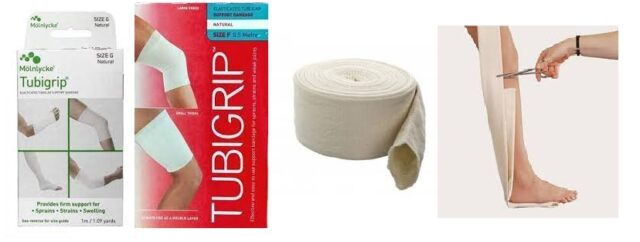
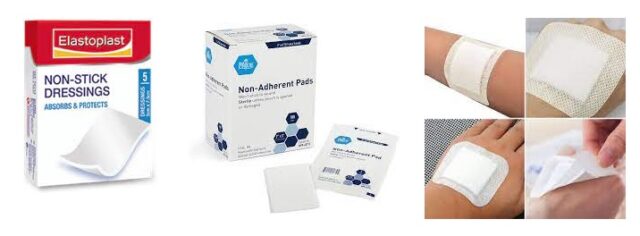

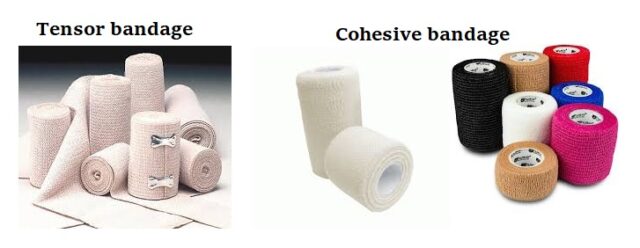
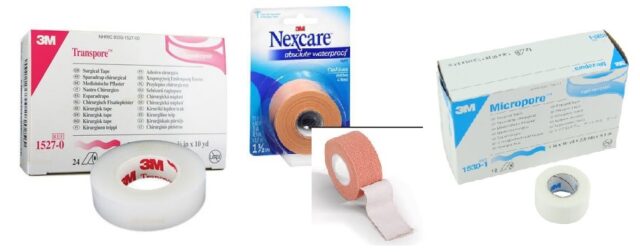
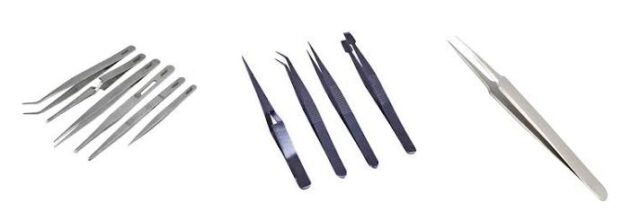

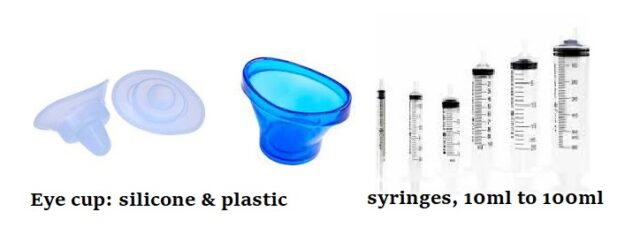

https://theprepperjournal.com/2018/02/24/ultimate-survival-first-aid-kit/
Black Seed Oil, SOS Serum from my Gaea’s Garden website: https://gaeasgarden.com/black-seed-2/
https://www.facebook.com/groups/studyhomeopathy
www.mypatriotsupply.com- flashlight
Knives and multi-tools:
https://www.gerber-store.co.uk/shop/knives
Pretty good comprehensive list of Bug In Foods:
What you really need to store are staple foods. You can make a fairly nutritious diet out of grains, beans and canned goods. Properly packaged for storage, these foods will keep for years, and still be as tasty and nutritious when you take them out; as they were the day you bought them.
Here is my list of foods that you should stockpile to get your family through a crisis:
- Pasta – High carbohydrates and stores extremely well. You can make a lot of different dishes with pasta, from Italian food to casseroles.
- Whole grains – Flour doesn’t store well, but whole grains do. If you have a grain mill and whole grains, you can make your own bread, pancakes, cakes, cookies and other baked goods.
- Rice – Rice is a great source of carbohydrates, which will store well. Buy the whole grain rice, not the quick rice. Quick rice has a very limited shelf life. Like pasta, there are a lot of things you can do with rice.
- Breakfast cereal – This falls into the category of comfort food, especially for kids. Don’t buy the sugary children’s cereals, but the more basic ones, like Cheerios. Properly packaged, this will keep well for a long time.
- Beans – Dried beans of all types store incredibly well for long periods of time, are easy to cook, nutritious and one of the few non-meat sources of protein around.
- Canned meat – You can buy chicken, tuna, salmon and other meat products which are canned. Spam, while being something that many people make fun of, is a nutritious meat product.
- Beef (or turkey) jerky – Dried meat, whether jerky or dehydrated meat, is great for long-term storage. If you make your own jerky, be sure to trim off all fat and salt it heavily for preservation. When it’s time to use it, you can reconstitute the jerky in soups. It will absorb the water, flavoring it at the same time.
- Summer sausage – Summer sausage, like many “cured meat products” (what we call lunchmeat) is created to keep for a long time. Typically it is vacuum packed as well, making it ideal for long-term storage. During survival time, it can be eaten plain, or cut up to be put in soups and casseroles.
- Cheese – Another great source of protein. To store cheese, it needs to be triple dipped in wax, making an airtight seal around the cheese. In this form, it can be kept, without refrigeration, for years. Even if cheese forms mold, it will only be on the surface. Simply cut that part off and the rest of the cheese is still good.
- Canned vegetables and fruit – Provides essential vitamins and keeps for a long time. Don’t throw the packing water away, as it will contain vitamins as well. Instead, use it for making soup stock.
- Powdered milk – While most people don’t particularly like the flavor of powdered milk, when you don’t have any access to other milk, it’s wonderful. It’s also very useful for cooking and for baking
- Spaghetti sauce – With pasta and spaghetti sauce, you’ve got the start of a meal. Add what you want to finish it out.
- Soups – The nice thing about making soup in a survival situation is that you can make soup out of almost anything. I’m not talking about stocking up on Chicken Noodle soup here, but rather soups like cream of mushroom, which can be used for making casseroles.
- Bullion – This is another necessity for making soups. Dry bullion powder stores well, takes minimal space and can add a lot to your homemade soups.
- Sugar – While most mothers try and keep their kids from eating too much sugar, it is an essential ingredient in making jams and jellies, and preserving fruit. You will also need it for baking. Sugar will keep pretty much indefinitely if stored properly.
- Honey – Whereas sugar will keep pretty much indefinitely, honey will really keep forever. You can’t beat nature’s methods for making things that are both good and good for you.
- Salt – Salt is an essential for survival. It’s also the main needed ingredient for many types of food preservation, especially for preserving meats. With a good stockpile of salt, you can make cured meats, salt fish and smoke meats as well.
- Spices – Your family may have to get used to eating different things than what they are used to. Spices allow you to mask flavors or add flavor to things that are too bland. Be sure to stock up on the types of spices that your family likes, so that you can make food that they’ll like.
- Baking essentials – Since you won’t be able to run down to the corner for a loaf of bread, you’ll probably be baking your own. Make sure you have a stock of baking powder, baking soda and yeast on hand.
- Peanut butter – Okay, this is pure comfort food. However, it is also quite nutritious.
- Dried fruit – A great way to keep fruit on hand. Properly dried and packaged, it can store for several years.
- Nuts – Another good source of protein, as well as fats. Nuts store amazingly well and add a lot to baked goods, vegetables and even meat dishes.
- Cooking oil and vegetable shortening – Necessary ingredients for cooking and baking.
- Coffee and Tea – Once again, comfort food, but this time for the adults. Many of us don’t function well before our second cup of coffee in the morning.
- Hard candies – Great as a reward for kids and also for energy when you need it. Hard candies keep for years as long as they are protected from moisture.
what you really need in your shtf first aid kit – ask a prepper what you should have in your ultimate survival first aid kit – the prepper journal




